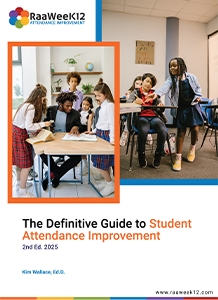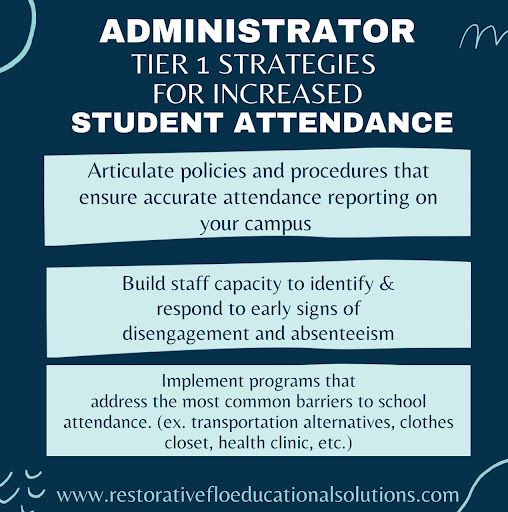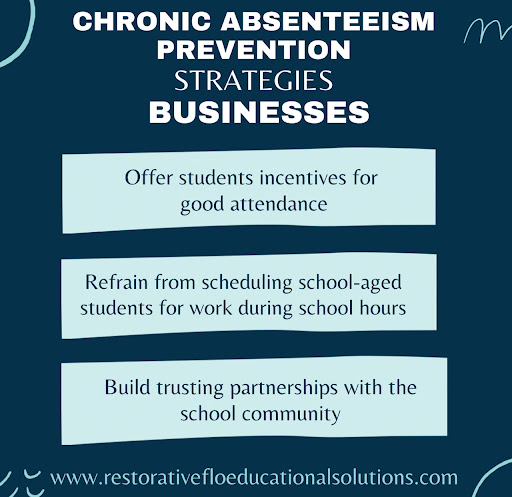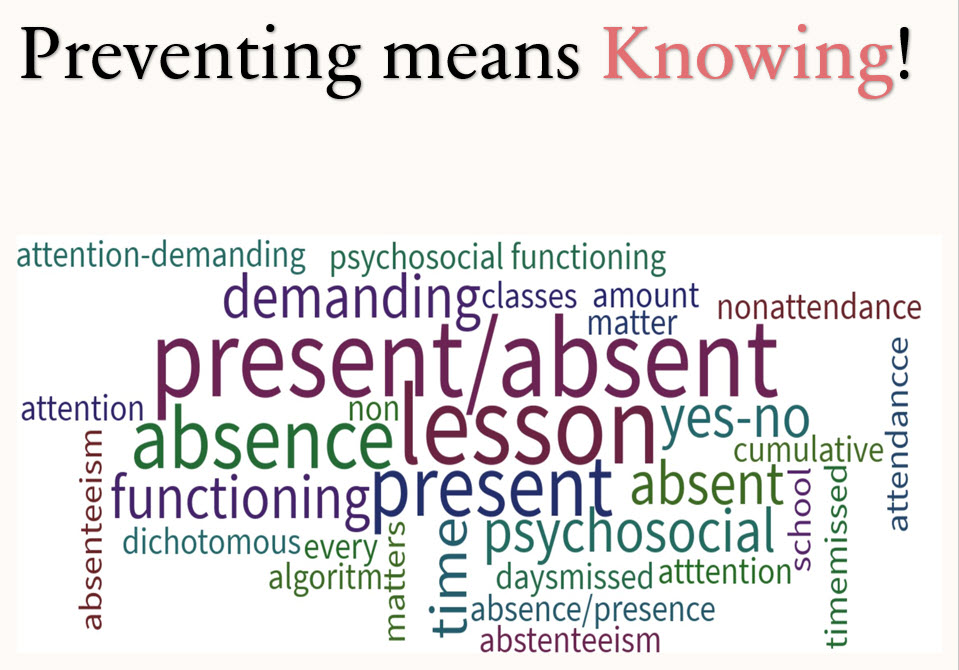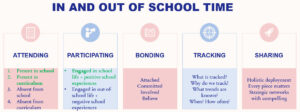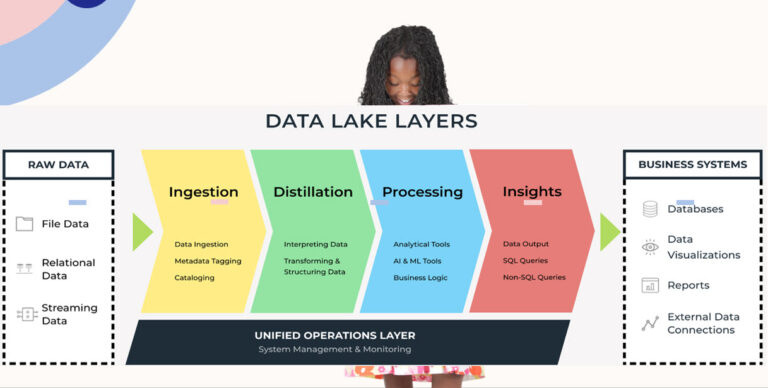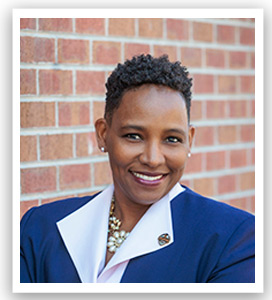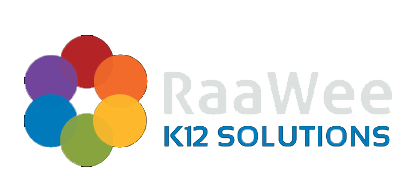Shifting Truancy Intervention
Rebecca Clark and Jennifer Boniol from Lewisville ISD discussed shifting truancy interventions from compliance to student-centered approaches. They use RaaWee K12 Attendance+ tool for data management and introduced the ADAPT program for counseling, HOPE for substance abuse, and CHOICES for family support, leveraging tiered support from counselors and social workers for holistic intervention.
A Shift from Compliance to Support
Lewisville ISD has transitioned from traditional truancy enforcement to student-centered strategies, adapting to legal changes that limit punitive measures. By addressing the root causes of absenteeism, the district ensures students receive the support they need to stay engaged in school.
Leveraging Data for Early Absenteeism Interventions
With the implementation of RaaWee K12 Attendance+ solutions, staff gain real-time attendance insights, enabling them to identify at-risk students early and intervene proactively. This data-driven approach allows for targeted support rather than reactive discipline.
ADAPT: Counseling for Student Success
A key initiative, ADAPT, is a three-week small group counseling program for students and parents, offered across all five high schools. The program focuses on self-awareness, social skills, and decision-making, serving as both a pre-court intervention and a court-ordered option for struggling students.
Comprehensive Mental Health and Family Support
Lewisville ISD provides additional resources like the HOPE program for substance abuse and the CHOICES program for family counseling. A tiered intervention system, involving campus counselors, Student Assistance counselors, and social workers—ensures that students facing mental health or family challenges receive the right support.
Expanding Intervention Resources for Lasting Impact
Key priorities include expanding ADAPT, refining counseling referral criteria, and enhancing collaboration between administrators and counseling staff. By emphasizing intentional communication and student well-being, Lewisville ISD ensures truancy interventions are both supportive and effective.


